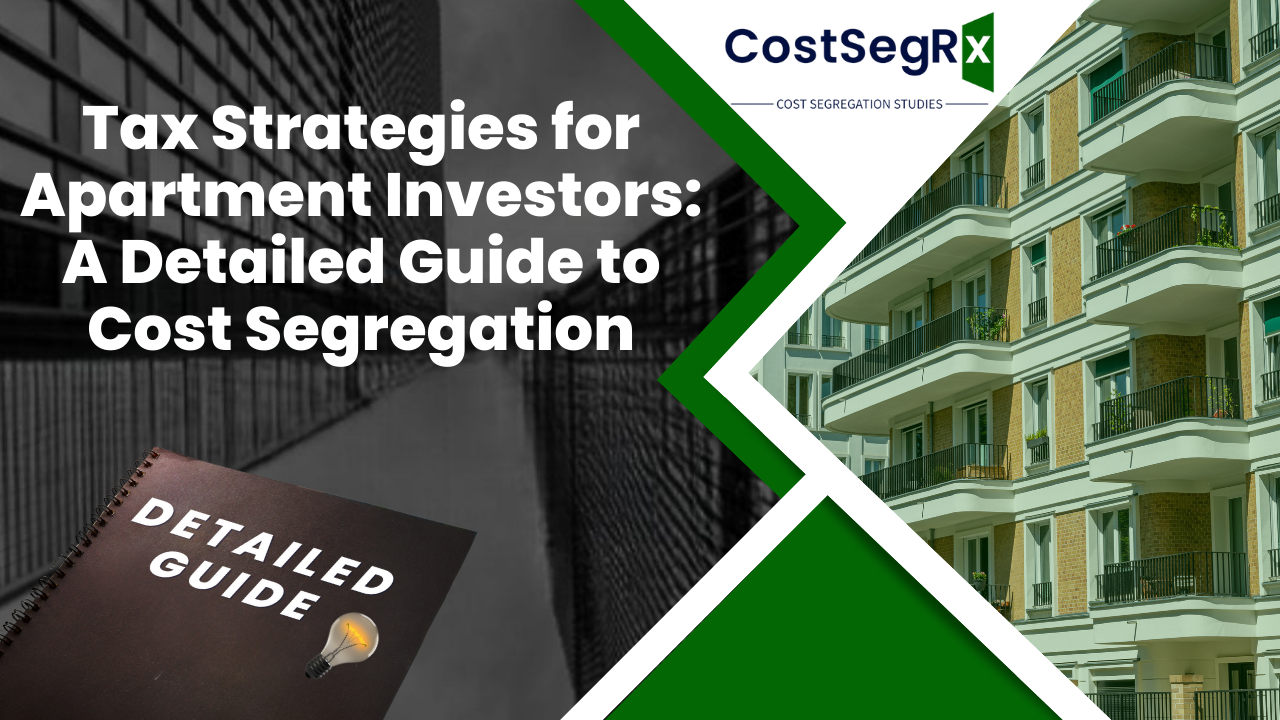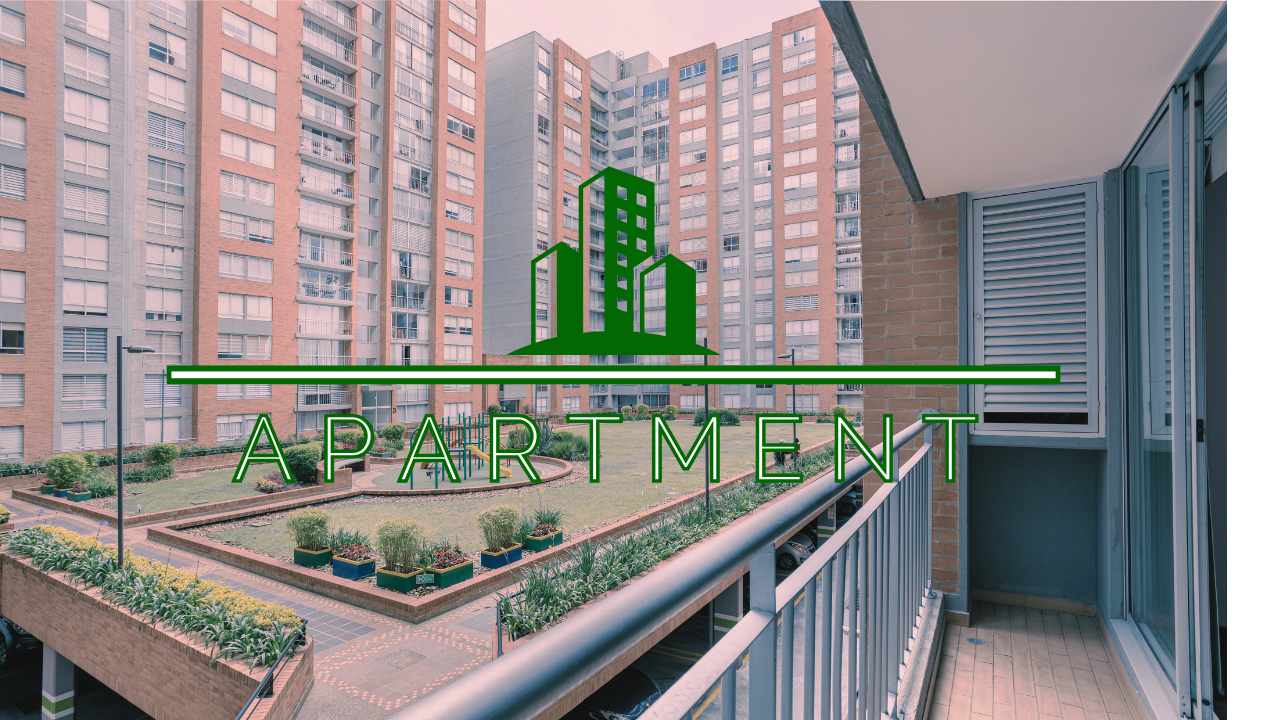
Tax Strategies for Apartment Investors: A Detailed Guide to Cost Segregation
Jan 20, 2025If you're a real estate investor or property owner searching for ways to maximize the financial returns on your apartment building, you're not alone. A lesser known but powerful strategy called cost segregation for apartment buildings can help you unlock significant tax savings. In this article, we’ll explore how it applies to different types of apartment buildings, and why it’s a game-changer for savvy investors.
Core Highlight
- Cost segregation allows apartment investors to reclassify building components into shorter depreciation timelines, resulting in significant upfront tax deductions and improved cash flow.
- Applicable to various apartment types
- Increases the return on investment and helps recoup expenses from property upgrades or renovations.
- Conducting a professional cost segregation study ensures compliance with tax regulations and maximizes deductions, making it essential to consult a qualified specialist.
Table of Contents
- Core Highlight
- Types of Apartment Buildings Ideal for Cost Segregation
- Why Apartment Buildings Are Ideal for Cost Segregation
- Benefits of Cost Segregation for Apartment Buildings
- The Cost Segregation Process
- Real-Life Example: Cost Segregation in Action
- Is Cost Segregation Right for You?
- Final Thoughts
Types of Apartment Buildings Ideal for Cost Segregation
Different types of apartment buildings come with unique characteristics that make them suitable for cost segregation. Here's a breakdown:
- Garden-Style Apartments
- These low-rise buildings often feature extensive landscaping, parking lots, and community areas—all of which contain assets eligible for shorter depreciation timelines.
- Mid-Rise Apartment Complexes
- These properties typically have shared spaces such as lobbies, elevators, and gyms, which can be reclassified for accelerated depreciation.
- Luxury High-Rise Apartments
- High-end features like rooftop amenities, high-tech appliances, and premium finishes provide additional opportunities for cost segregation benefits.
- Student Housing
- Properties designed for student tenants often include furniture, recreational areas, and security systems that qualify for shorter-lived asset categories.
- Affordable Housing
- Even subsidized or income-restricted properties can benefit, with reclassification opportunities for their specialized systems and community facilities.
By identifying the specific features of each property type, cost segregation allows owners to maximize deductions tailored to the building’s structure and purpose.
Why Apartment Buildings Are Ideal for Cost Segregation
Apartment buildings contain a variety of components eligible for accelerated depreciation, including:
- Interior and Exterior Improvements
- Flooring, carpeting, and cabinetry
- Parking lots, landscaping, and outdoor lighting
- Appliances and Equipment
- Washers, dryers, and kitchen appliances
- Specialized Systems
- HVAC systems, plumbing, and electrical systems dedicated to specific units or amenities
By reclassifying these assets into shorter-lived categories, owners of apartment buildings can drastically reduce their taxable income in the early years of ownership.
Benefits of Cost Segregation for Apartment Buildings
 Increased Cash Flow
Increased Cash Flow- Accelerated depreciation reduces taxable income, freeing up cash for reinvestment or operational expenses.
- Boosted ROI
- With more money saved on taxes, investors can achieve a higher return on investment for their property.
- Offsetting Renovation Costs
- If you've recently made upgrades to an apartment building, cost segregation can help you recapture some of those costs through tax savings.
- Eligibility for Bonus Depreciation
- As of 2023, bonus depreciation allows property owners to immediately deduct a portion of eligible assets placed in service during the same year.
The Cost Segregation Process
Here’s how the cost segregation process typically works for apartment buildings:
- Engage a Specialist
- Work with a qualified cost segregation specialist who understands tax regulations and building components.
- Site Inspection
- A thorough inspection identifies and categorizes assets eligible for accelerated depreciation.
- Comprehensive Report
- A detailed report breaks down asset categories and documents the potential tax savings.
- Tax Optimization
- Share the report with your tax advisor to adjust depreciation schedules and realize significant deductions.
Real-Life Example: Cost Segregation in Action
 Let’s say you purchase a 40-unit garden-style apartment complex for $3 million. After a cost segregation study, $900,000 worth of assets is reclassified into 5-, 7-, and 15-year categories. This reclassification could result in over $200,000 in additional tax deductions in the first year alone. That’s money you can reinvest into further property improvements or new investments.
Let’s say you purchase a 40-unit garden-style apartment complex for $3 million. After a cost segregation study, $900,000 worth of assets is reclassified into 5-, 7-, and 15-year categories. This reclassification could result in over $200,000 in additional tax deductions in the first year alone. That’s money you can reinvest into further property improvements or new investments.
Is Cost Segregation Right for You?
Cost segregation for apartment buildings can offer transformative financial benefits, but it’s not a one-size-fits-all strategy. Consulting with a cost segregation specialist can help you determine whether this approach aligns with your financial goals.
Whether you own garden-style apartments, luxury high-rises, or anything in between, cost segregation can help you maximize your tax savings and improve cash flow.
Final Thoughts
The world of real estate investing is all about maximizing returns and minimizing expenses. By leveraging cost segregation for your apartment buildings, you can achieve both. Don’t leave money on the table—explore the potential tax savings and take your real estate investments to the next level.
Ready to start saving? Contact a qualified cost segregation specialist today to unlock the full potential of your apartment building investments!
Do you have a question about Cost Segregation?
Let us know how we can help
We hate SPAM. We will never sell your information, for any reason.


